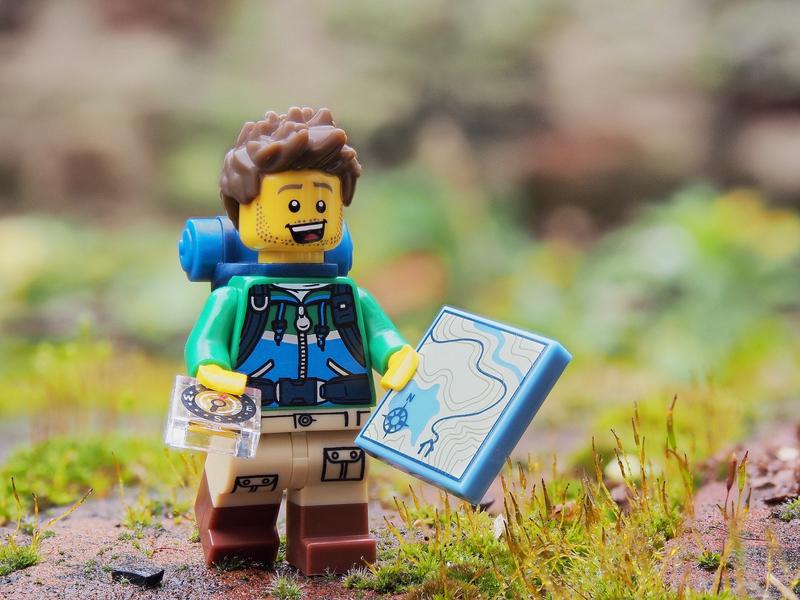Sensorial Exploration
Posted

The need for sensorial exploration
We often when we are referring to our children, we use the term “explorers”. That is because through exploration they discover the world that surrounds them. Through their hands and often their mouth they discover how objects feel!
Their environment needs to be stimulus and provide them with as many different situations as we can. From different objects to different activities or even different areas or different environments. When we refer to objects we refer to different shapes, texture or anything that can be distinguished. When we refer to activities, we refer to all the activities that can be on our shelves and they can stimulate their mind and senses. As well as when we refer to different environments, what we refer to is different areas that can be part of. Like a garden or a playground or the gym. All of those areas can provide them with different areas to explore. Different visual and different situations.
They can explore everything that surrounds them, each one of them at their own pace and even on their own interest. It depends on their age group and their own personalities as well as their own family environment. Everything also depends on their own experiences and how they see things from their own perspective. Which is very interesting to observe in each child.
Through our observations we can create different stimulation for them regarding their interests. Offer them different things for them to explore and learn through their own exploration.
For example we have observed in our classroom that when we bring in something new the first thing they do is to touch it! Feel it! We brought pumpkins to wash and they touched them and then smelled them and some of them even licked them! All of those actions were expected, as well as more than welcome to be observed and happy to see them!
One of our children took one of our small pumpkins and tried to balance it on their head! We could really see how much effort he was putting to it. He was holding the pumpkin with both hands and than let them go slowly away from the pumpkin and tried to stay still! It did work for a couple of seconds! After him more children follow, with the same experiment!
As teachers we encourage them to explore in any way, in the classroom, outdoors or in the gym or even through in-house events, like the book fair that we had. As parents at home you can let them explore with you, cooking for example and let them be part of it. Make it, bake it, taste it! Let them be part of your routine. They can be your greater helpers and learners at the same time! Let them explore!
When they are at home with you, we just need to let them be involved in anything you feel they might help with and it is safe for them! Let them be your helpers, from setting up the table to rake some leaves! They will observe what you are doing and try to do it as well or they will find their way! There might be things around your house which they want to explore and you do not let them! Through exploration they will learn about our world.
“We should help the child, therefore, not because we think of him as a creature, pure and weak, but because he is endowed with great creative energies” (Dr. Montessori, Absorbent Mind) .
“The Montessori Toddler: A Parent’s Guide to Raising a Curious and Responsible Human Being”, Simone Davis